How Much Does Social High-Anti-DDoS CDN Defense Cost? Money-Saving Tips & Latest Pricing Guide
How much does a social high-anti-DDoS CDN cost? The 2025 latest pricing guide is here! It covers the cost range for small-to-medium and large social platforms, breaks down the core needs for CC protection (Layer 7), and shares money-saving methods such as flexible configuration, utilizing free quotas, and negotiating for lower prices—helping platforms maintain stable operations and reduce costs!

I still remember a few years ago, when the social app I had just launched finally started gaining more users. But out of nowhere, it got hit hard by a DDoS attack and crashed completely. Pages wouldn’t load, users vented their frustrations, and advertisers walked away immediately. Just thinking about that loss still makes my heart ache.
Since then, "high-anti-DDoS CDN" has become a fixed expense on my platform’s budget list. This money really can’t be cut corners on, but there are definitely tricks to spending it wisely.
You’re probably wondering, "How much does social high-anti-DDoS CDN defense cost?"
Buddy, there’s no fixed answer to that question—it’s like asking "How much does it cost to raise a kid in the US?" The difference is huge. It’s closely tied to your platform’s scale, traffic peaks, the type of attacks (whether it’s brute-force attacks like SYN Flood or sneaky ones like CC attacks), the intensity and frequency of attacks, as well as the brand of CDN service provider you choose and the specific plan you pick.
Let me give you a rough idea to help you get a sense of it.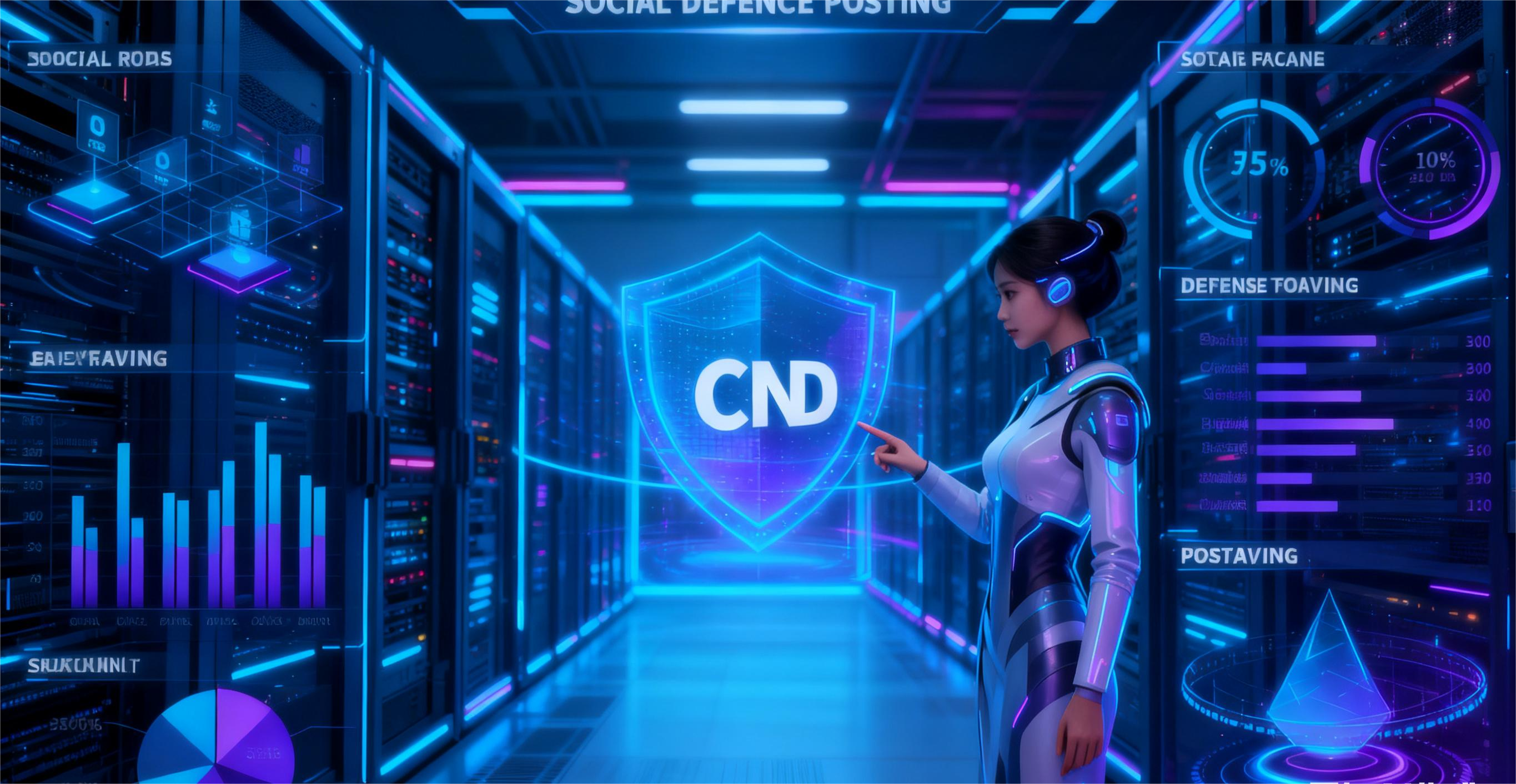
For small-to-medium social platforms, especially those in the startup phase or vertical communities, entry-level defense plans typically cost a few hundred to one or two thousand US dollars per month. These plans can withstand common attacks that aren’t extremely intense.
Options like Cloudflare Pro or Business Plan come with basic defense capabilities and have a relatively accessible entry barrier, making them the starting choice for many.
But if you’re running a larger social platform with active users (the bigger the platform, the more it attracts attacks), or if you offer services like live streaming or real-time interaction—where traffic is high and attacks can be devastating—costs will go up significantly.
Monthly fees of several thousand US dollars are commonplace. When attack peaks are severe, you might even have to pay extra for additional defense bandwidth or traffic cleaning. Specialized providers like Akamai, Imperva (formerly Incapsula), and AWS Shield Advanced offer top-tier defense capabilities, but their prices are just as high—often tens of thousands of US dollars or more per year, which is a real hit to your wallet.
In the current market (mid-2025), competition is fierce. Prices have become more transparent than before, but there are also more complicated tactics. Many providers use "pay-as-you-go" or "tiered pricing" models.
Basic plans are offered at what seems like a cheap price, but they often have limitations on defense capabilities (e.g., only protecting against up to a certain Gbps of traffic attacks), the depth of CC protection, and the coverage area of nodes.
Want better service? Then you’ll need to pay extra to unlock advanced features. Some providers also play the "committed spending" card—if you sign an annual contract and commit to spending tens of thousands of dollars a year, you can get good discounts and more flexible defense resources.
If you want to save money here, cutting back on defense effectiveness is a surefire way to ruin things—it’s basically asking for trouble.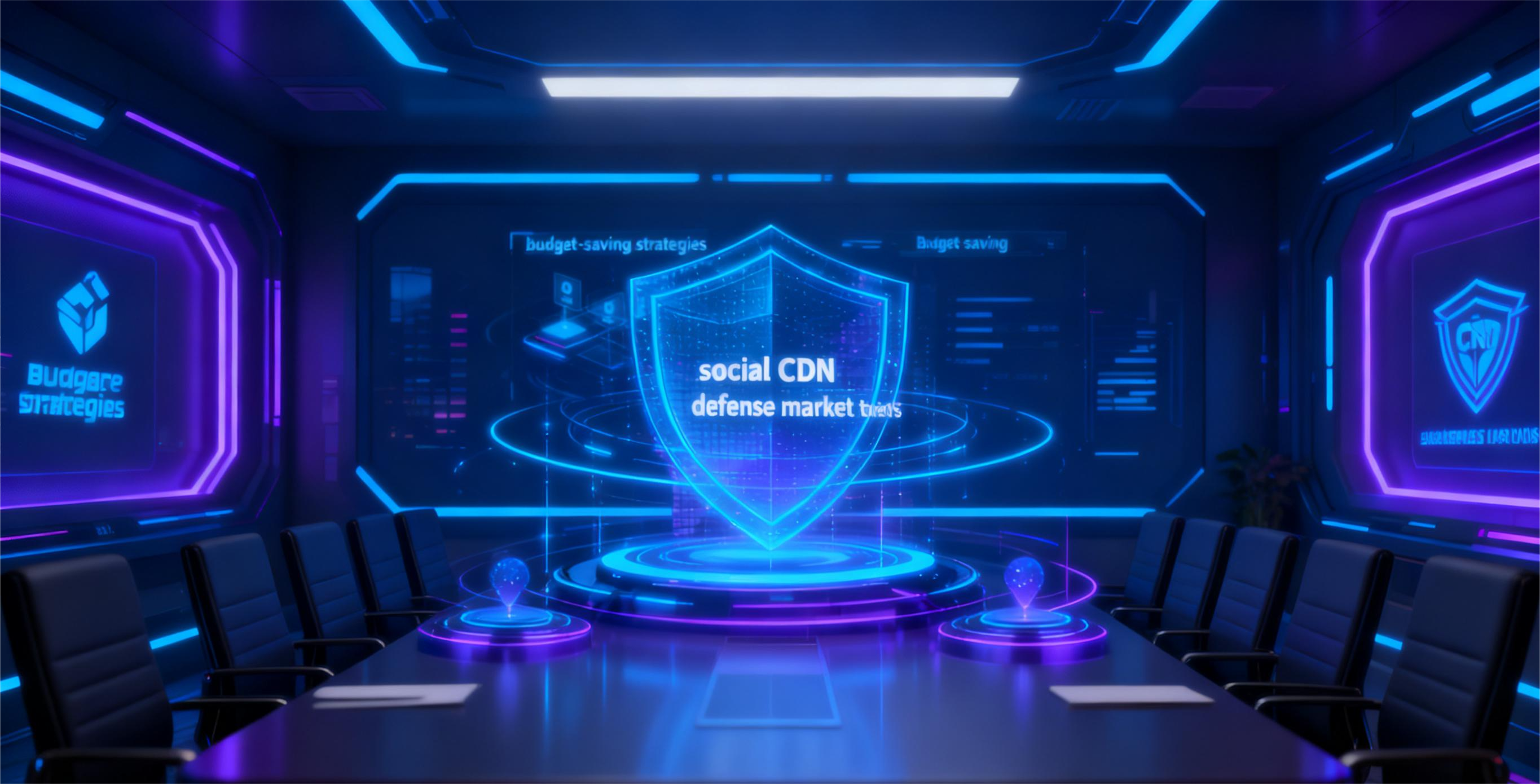
The key is to spend smartly. First, don’t be a sucker—only buy the defense level you actually need. Ask your provider for a real attack report analysis to figure out what risks you mainly face: are you dealing mostly with traffic-based attacks, or are application-layer attacks (CC attacks) more of a headache?
Don’t let sales reps talk you into buying the top-tier plan if you don’t need it.
Flexible configuration is king. These days, many high-anti-DDoS CDNs support "activation upon attack detection" or "elastic scaling."
When traffic is stable on a regular basis, stick to basic protection. Only temporarily enable advanced defense or scale up bandwidth when attack signs are detected or during major events. This is way cheaper than keeping the top-tier plan running all the time.
Cloudflare’s "Under Attack Mode" is actually quite useful in certain scenarios.
Don’t waste free quotas!
The basic DDoS protection that comes with Cloudflare Pro/Business Plan can already block most minor daily attacks. AWS users, don’t forget—AWS Shield Standard is free and can withstand common infrastructure-layer (L3/L4) attacks, which serves as a basic safety net for many platforms.
Negotiate! Negotiate hard! Don’t be shy, especially if you have high usage or plan to sign a long-term contract.
Haggle with the sales rep for discounts, ask for free trial periods of advanced features, or push for more flexible billing cycles. Emphasize that your platform is a social one—high-risk but with great growth potential, making you a "high-potential client" for them.
Never stop monitoring and analyzing. Make good use of the monitoring tools provided by your provider to figure out where attacks are concentrated,
what type of attacks they are, and how effective the defense actually is. This data not only helps you optimize your configuration (for example, if you find most attacks come from a specific region, you can strengthen nodes there), but also serves as strong leverage when negotiating your next renewal.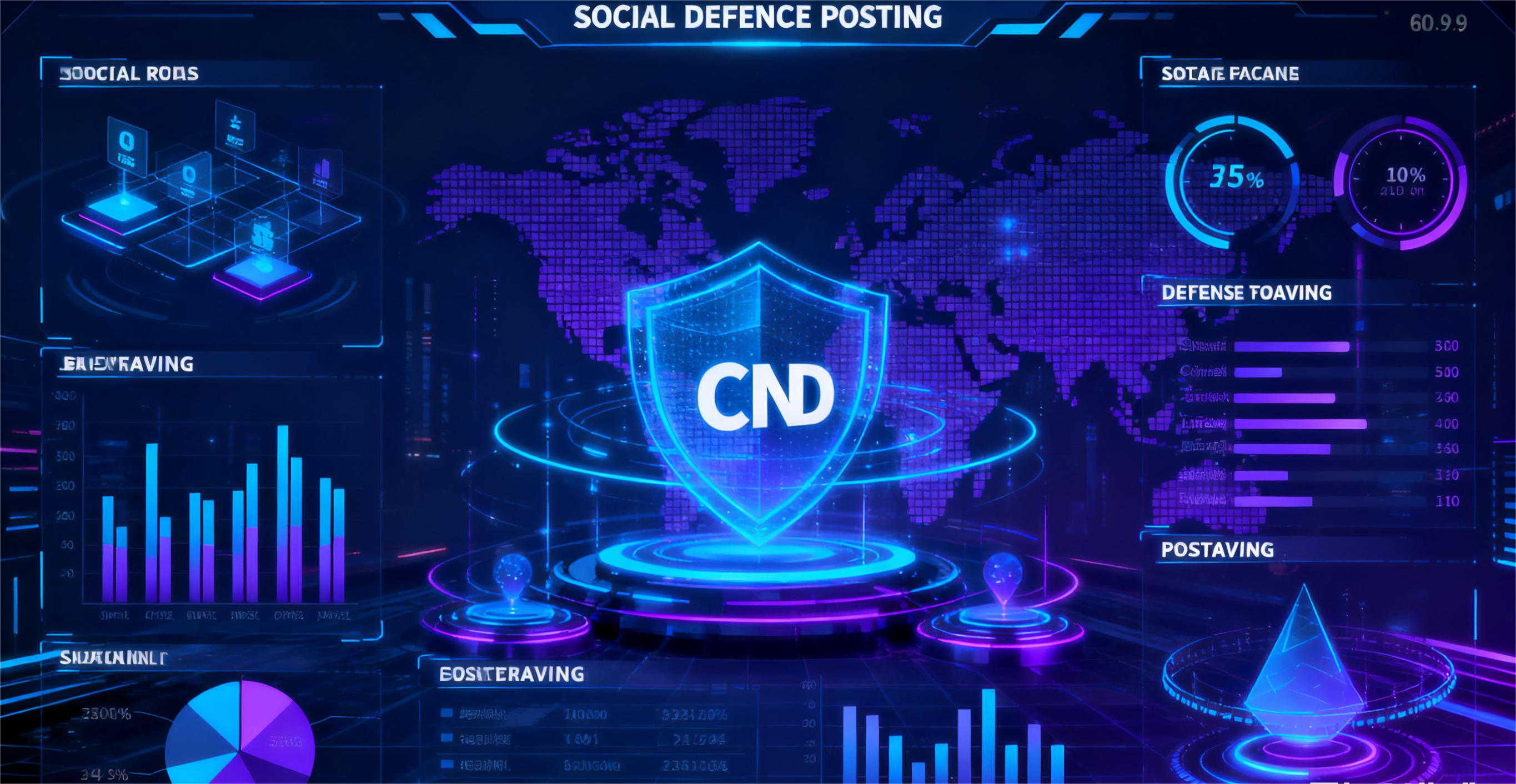
Finally, a quick note on the latest trend: these days, more and more attacks on social platforms are CC attacks (which take down servers by simulating real user behavior). Sometimes, just increasing bandwidth (to defend against traffic-based DDoS attacks) isn’t enough.
So when choosing a provider, focus on how strong their CC protection capabilities are for the application layer (L7)—especially for core social platform links like API interfaces and login authentication—and how intelligent their strategies are. Providers that excel in this area often charge more, but they’re definitely worth the investment.
In short, buddy, the money spent on social high-anti-DDoS CDN is a necessary expense—it’s "life-saving money" for your platform.
But when you spend it, you need to have a clear plan: understand your actual risks, choose the right features, maximize cost-effectiveness through flexible configuration and negotiation, and use monitoring data to guide optimizations.
Don’t just look at the listed price—hidden costs and actual effectiveness are the real keys.
After all, if your platform stays stable and retains users, the money you earn will be far more than what you spend here. Right? The investment here is essentially buying peace of mind and room for growth for your platform.
Share this post:
Related Posts
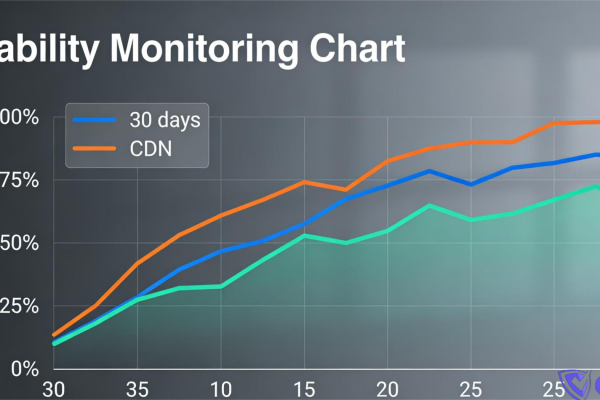
Cross-Border Website Security & Speed: How to Choose a Reliable Overseas DDoS-Protected CDN?
Why do cross-border websites crash as soon as they're attacked? Drawing from real webmaster experien...
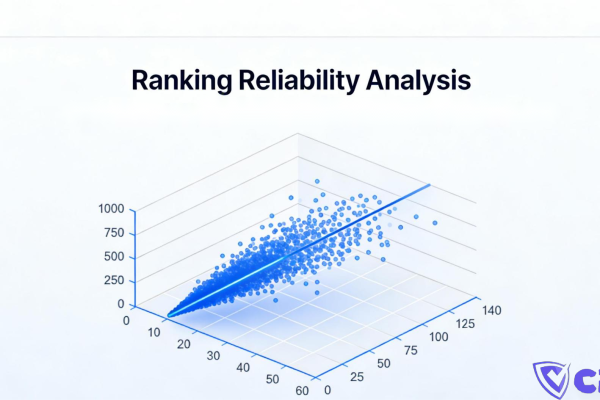
Can You Trust Those "Top DDoS-Protected CDN" Lists? The Truth Revealed by a Veteran Webmaster
Are "Top DDoS-Protected CDN" lists actually reliable? Drawing from years of hands-on testing, this g...
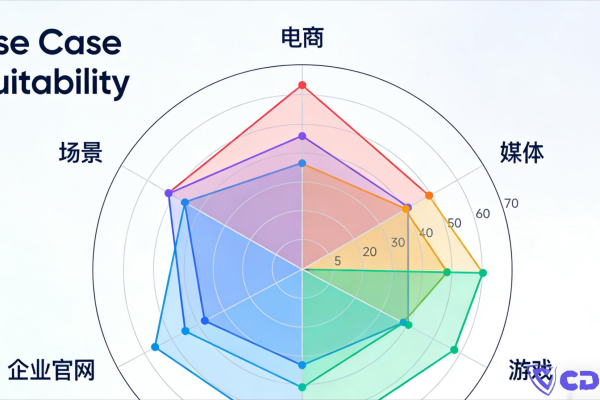
Are Hong Kong CDN Nodes Really Faster? The Key Differences Between Hong Kong CDN and Mainland China CDN Explained
Are Hong Kong CDN nodes truly faster than mainland nodes? I compared Hong Kong CDN vs. Mainland Chin...
